Kumquat
Pack 250 gr1,75€ Iva Incluido
7,00€ /kg
Availability: Out of stock
Want to be notified when this product is back in stock?
Descuento por cantidad
| Unidades | 3 - 5 | 5 - 10 | 10+ |
|---|---|---|---|
| Precio | 1,72€ | 1,66€ | 1,58€ |
| % de descuento | 2% | 5% | 10% |
Direct from the field
To our
workshop
Easy and direct shipping
Delicious natural kumquats of the Huerta de Pancha. This citrus fruit is the perfect balance between sweet, sour and bitter. This exotic fruit comes from Asia, which is why it is also known as “.Chinese orange” or “dwarf orange”.
Kumquats have the peculiarity that they are fruits that are eaten with the skin.. In addition, another of the most common ways to consume kumquats is by making jams.
Characteristics of the kumquat or Chinese orange
The kumquat is characterised by a small, orange–coloured, oval–shaped fruit with a very particular aroma.. Most of kumquat’s characteristics are shared with other citrus fruits, such as its bitter taste or thick skinalthough, in this case, the thick skin is more significant because the fruit is smaller. Another peculiarity of the kumquat is that it are eaten with the skin on, which has sweet hints and is complemented by their bitter interior.
Like other citrus fruits, the kumquat is divided into segments, in this case between four and five; they also have between two and three seeds.
Our kumquats crops
The cultivation of kumquats in the Huerta de Pancha follows a completely natural process.
The Axarquia is the ideal place for planting dwarf oranges, as the kumquat tree is very sensitive to extreme temperatures, both hot and cold, and in this area of Malaga the temperature never gets too high or too low.
The first step is harvesting, which is carried out with the process of multiplication by grafting; this process consists of planting on the roots of other citrus fruits, which not only favours the rapid growth of the plants, but also favours greater resistance to changes in temperature.
After planting, it is important to make a first watering more abundant, and then to keep the plant moist but not flooded.. To achieve this, we use drip irrigation techniques.
In Huerta de Pancha we fertilise our kumquat trees in a completely natural way.. Our fertilisers are organic, and with them we ensure that our plantation grows strong.
Another important step in kumquat cultivation is pruning. Pruning of the kumquat tree is done at specific times, and is done to remove broken branches or to improve the shape of the plant.
How you will receive the kumquats from Pancha’s Orchard
Our kumquats are harvested at their peak. This point, in the case of kumquat, coincides with the ripening point. In other words, they are ready to eat once the order arrives at their home (ready to eat). These kumquats retain all their natural flavour as they do not pass through cold storage.
For packaging, we pack them in small, 100% recyclable cardboard baskets and then put them in a larger box, also made of 100% recyclable cardboard. We do this to prevent damage during transport and to ensure that they arrive in good condition. We seek quality for the consumer.
How to preserve kumquats
The kumquat is more delicate and fragile than oranges, as its skin is thinner. At room temperature it keeps well for 5-6 days, but this period can be increased to about three weeks by storing it in the refrigerator. We advise you to avoid keeping them in the refrigerator as much as possible because they start to lose their natural flavour.
How kumquats are eaten
This fruit, unlike the orange or mandarin, has an edible peel with a sweet taste, while the inside is more bitter and acidic, unlike the other citrus fruits.
It can be eaten fresh, although it is also suitable for preparation in syrup or for making homemade jams. In La Huerta de Pancha you can find our very tasty 100% natural Kumquat jam. Moreover, this citrus fruit has a place in cocktails, especially as an accompaniment to white spirits such as gin or vodka. It also contributes its characteristic flavour to sweet and sour sauces that go perfectly with poultry, lamb and especially duck.
Properties of kumquat or dwarf oranges
The kumquat, being a citrus fruit similar to the orange, has a high vitamin C content.
The health benefits of this fruit include the fact that it prevents glucose spikes.This makes it a perfect fruit for patients with diabetes. They also have a high content of fibre, the presence of folic acid and a large number of antioxidant properties.
Another essential source of Chinese oranges is important minerals such as potassium and magnesium.
Another advantage of the kumquat in terms of its properties is its low calorie and high water content.
Kumquat varieties
Although there are varieties of kumquat, not all of them are cultivated in Europe.
The most popular variety of kumquat in Europe is known as Kumquat Nagami o kumquat oval, and this is the variety we sell at Huerta de Pancha.
Some others are the kumquat marumiwhose fruits are somewhat smaller; the kumquat Meiwawhich is larger and does not usually have seeds; the Hong Kong kumquatwhich stands out because its skin is less fleshy; the Changshou kumquat is a fruit that is more elongated than rounded; there is also a variety of kumquat called limequatwhich stands out for its yellow skin.
35 reviews for Kumquat
Sorry, no reviews match your current selections


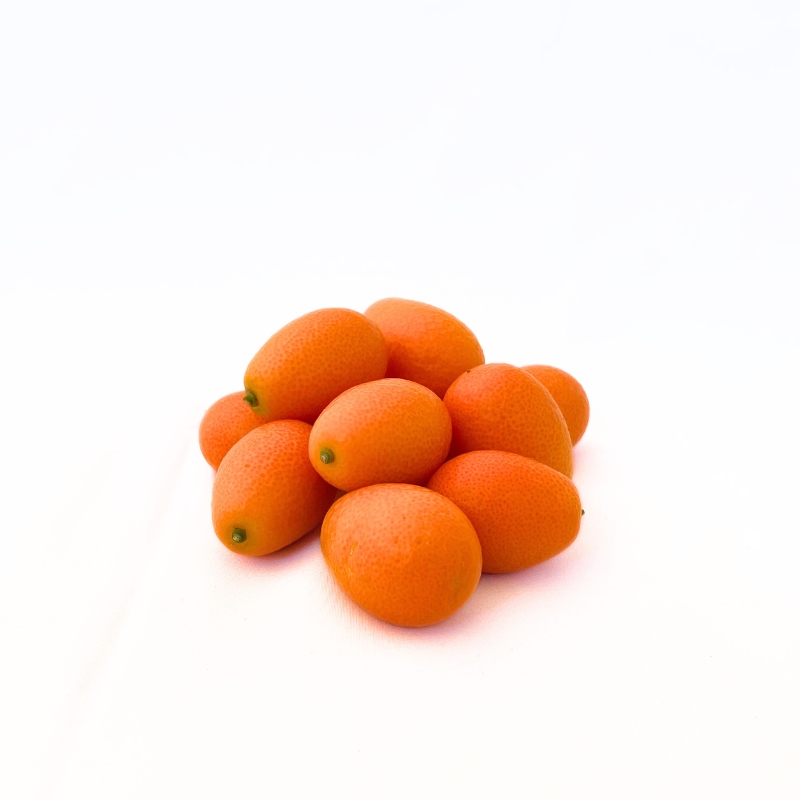
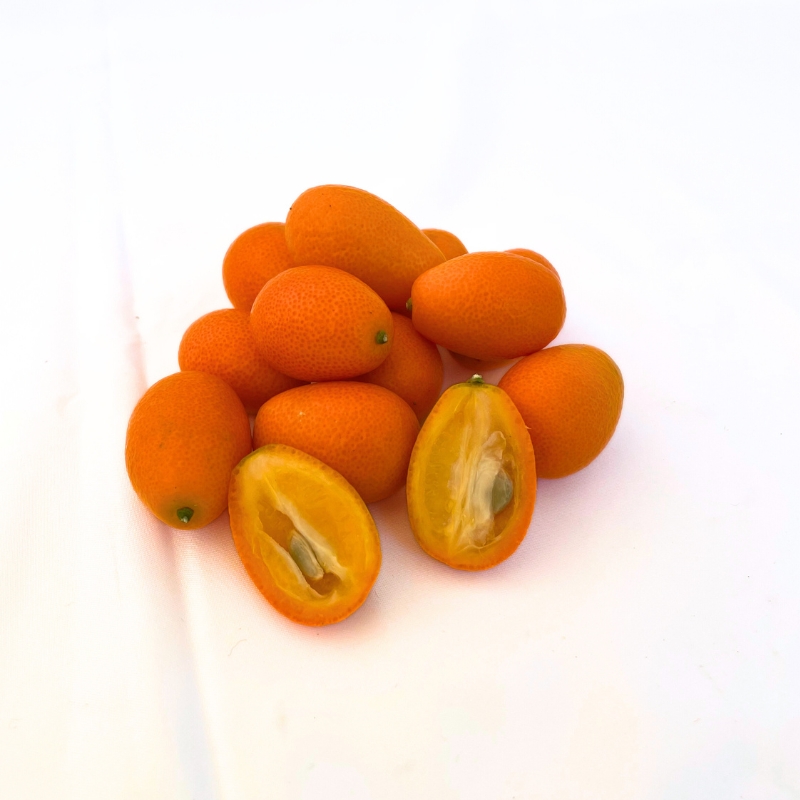
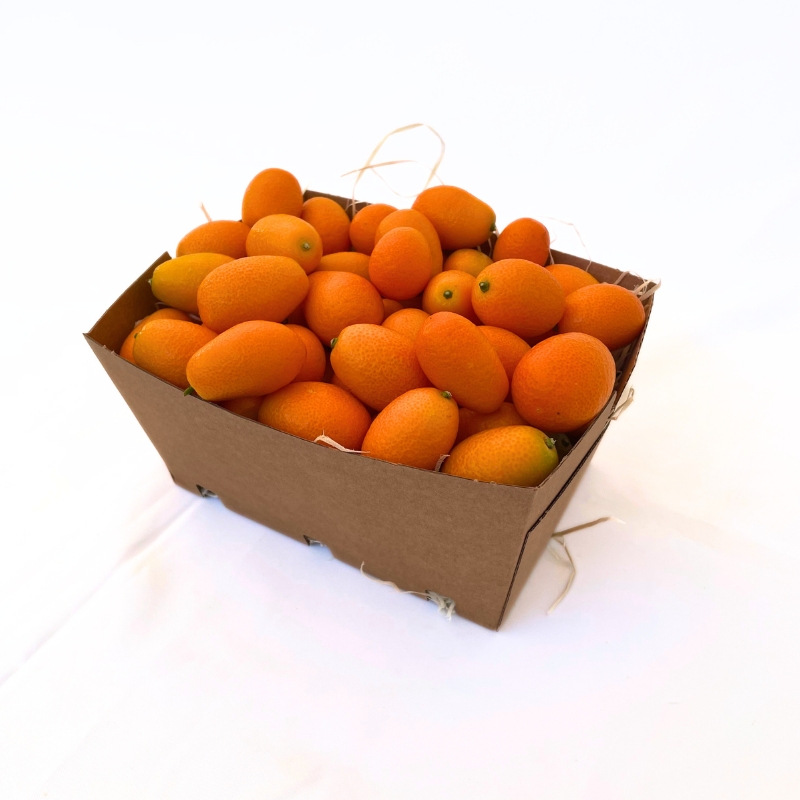
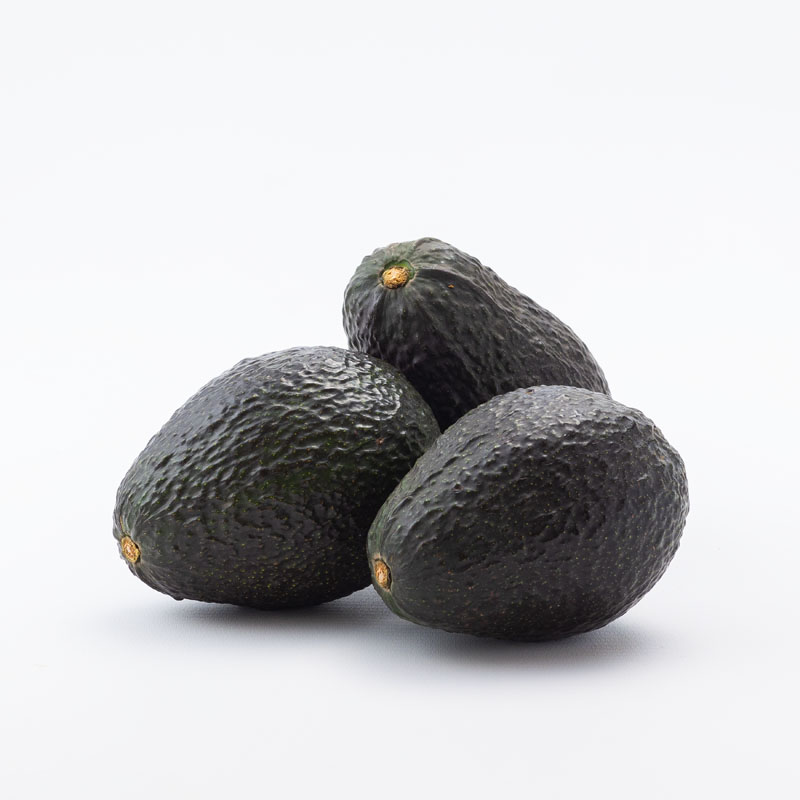
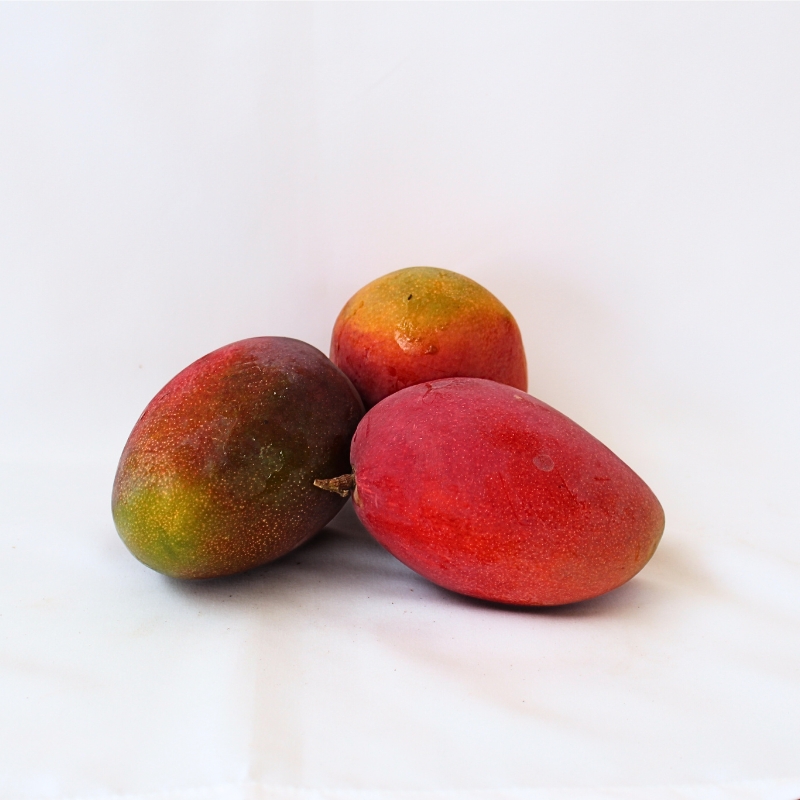
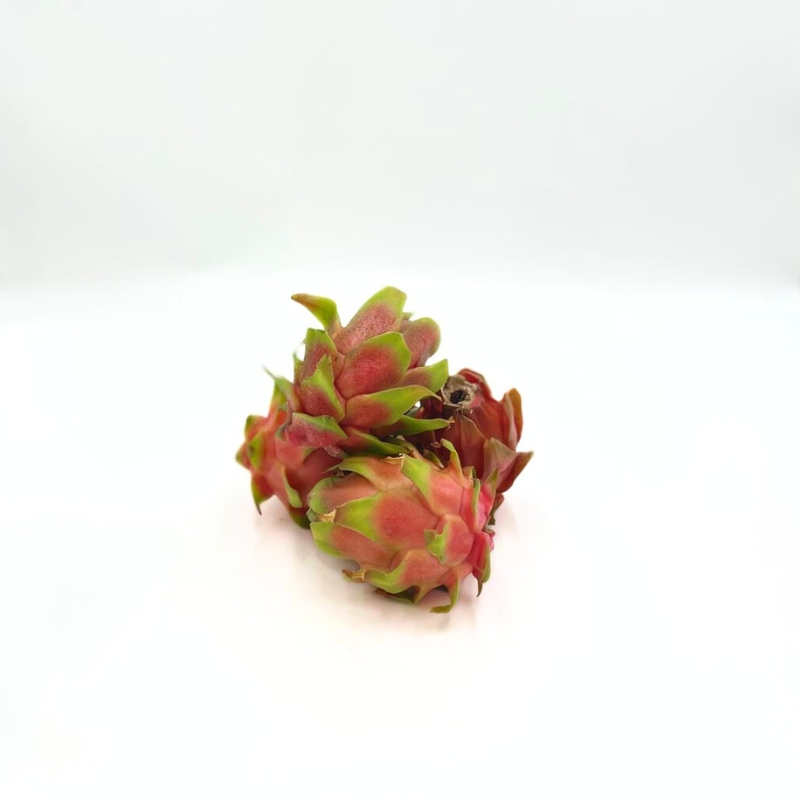
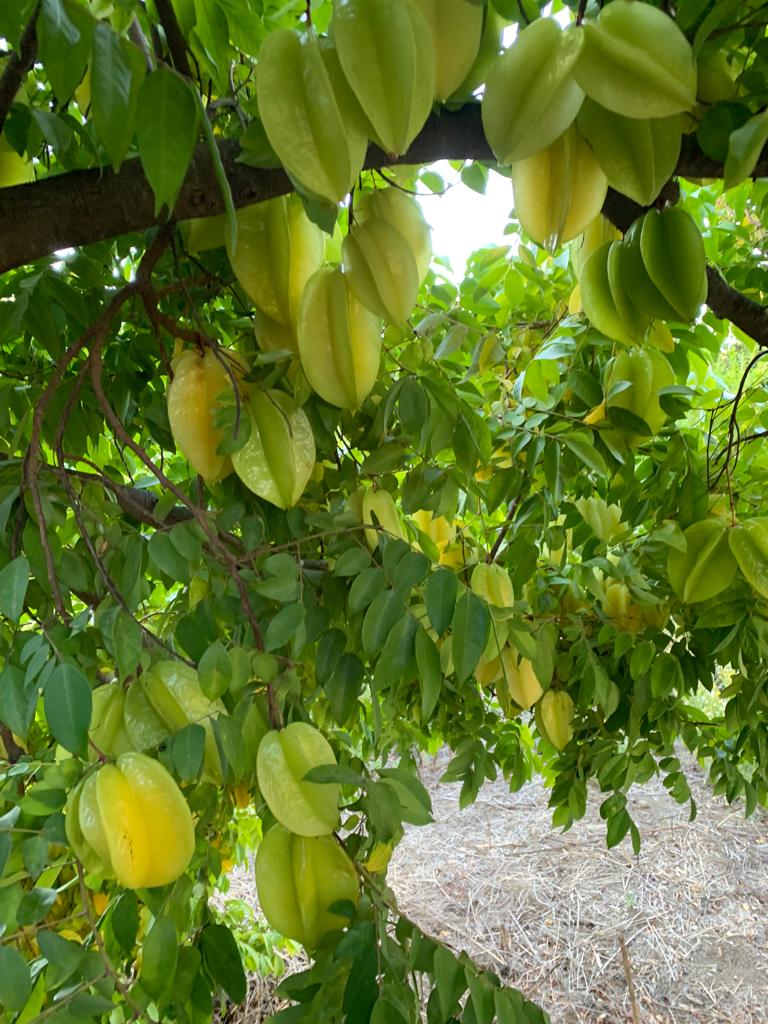
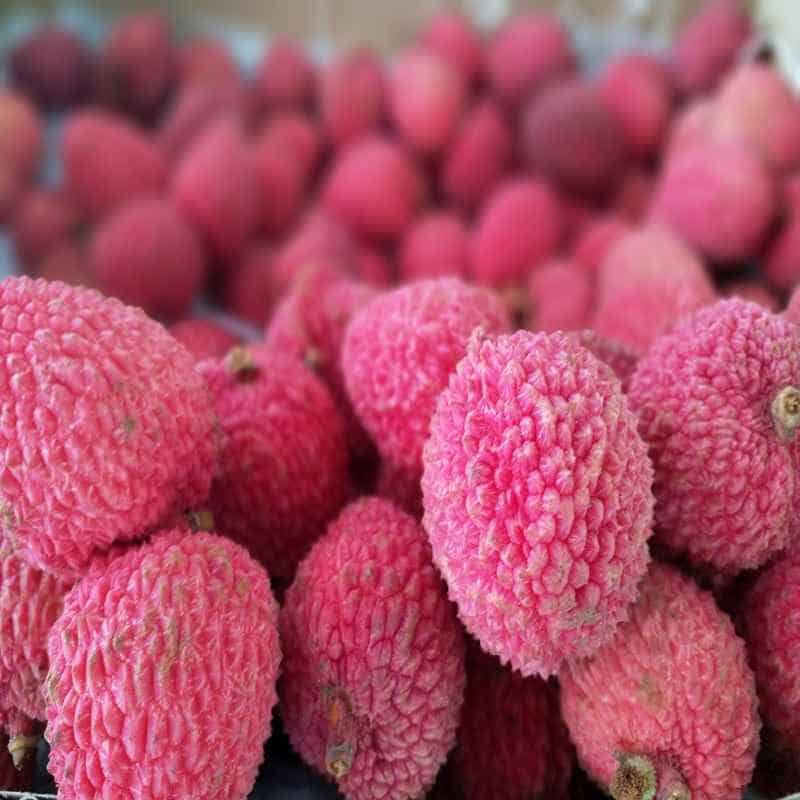



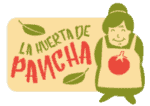
Muy bueno
Perfecto. Aunque me gusta la fruta más dulce.
Cumplieron con las expectativas
Productos de calidad. Envío rápido.
Es año están riquisimos